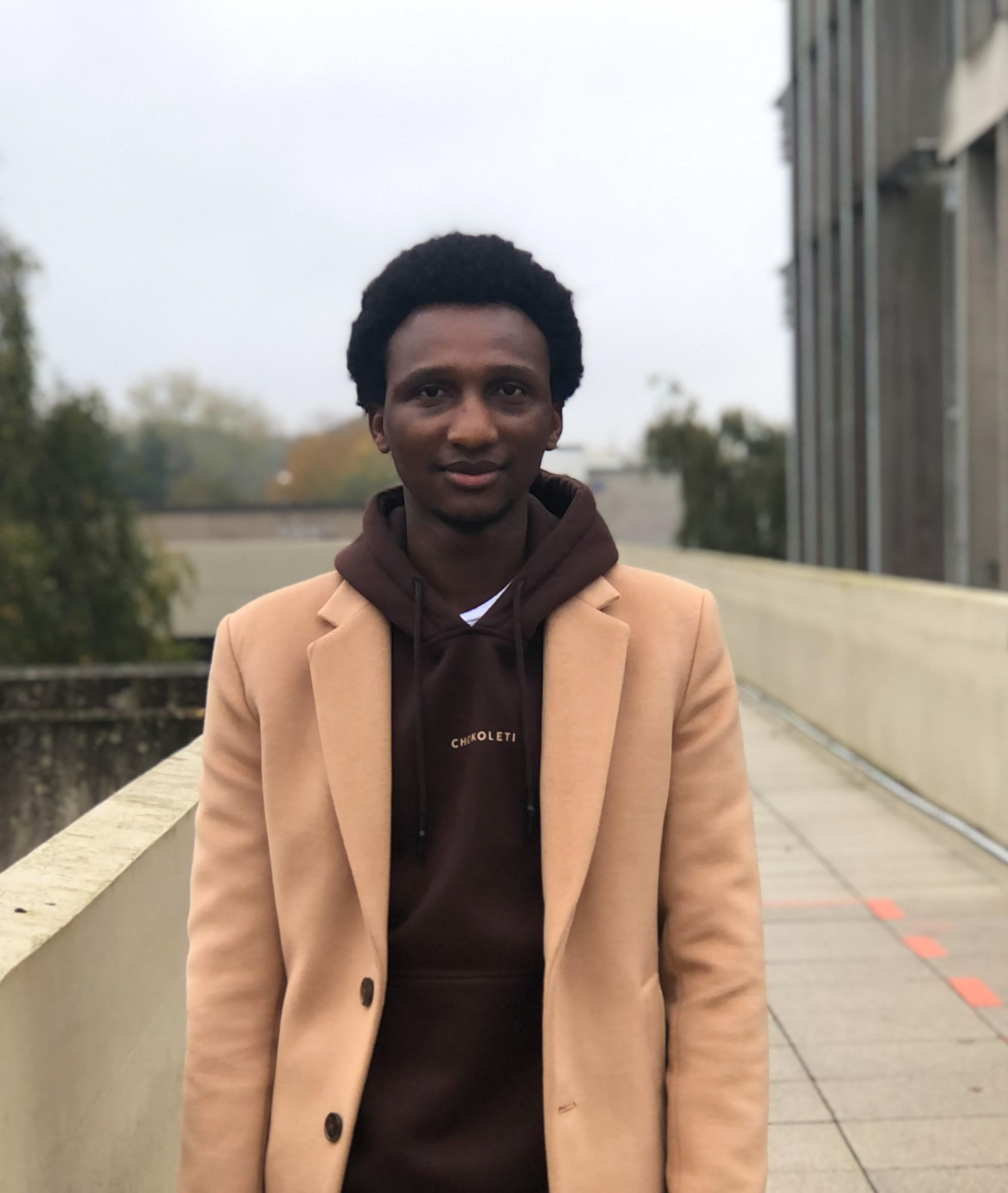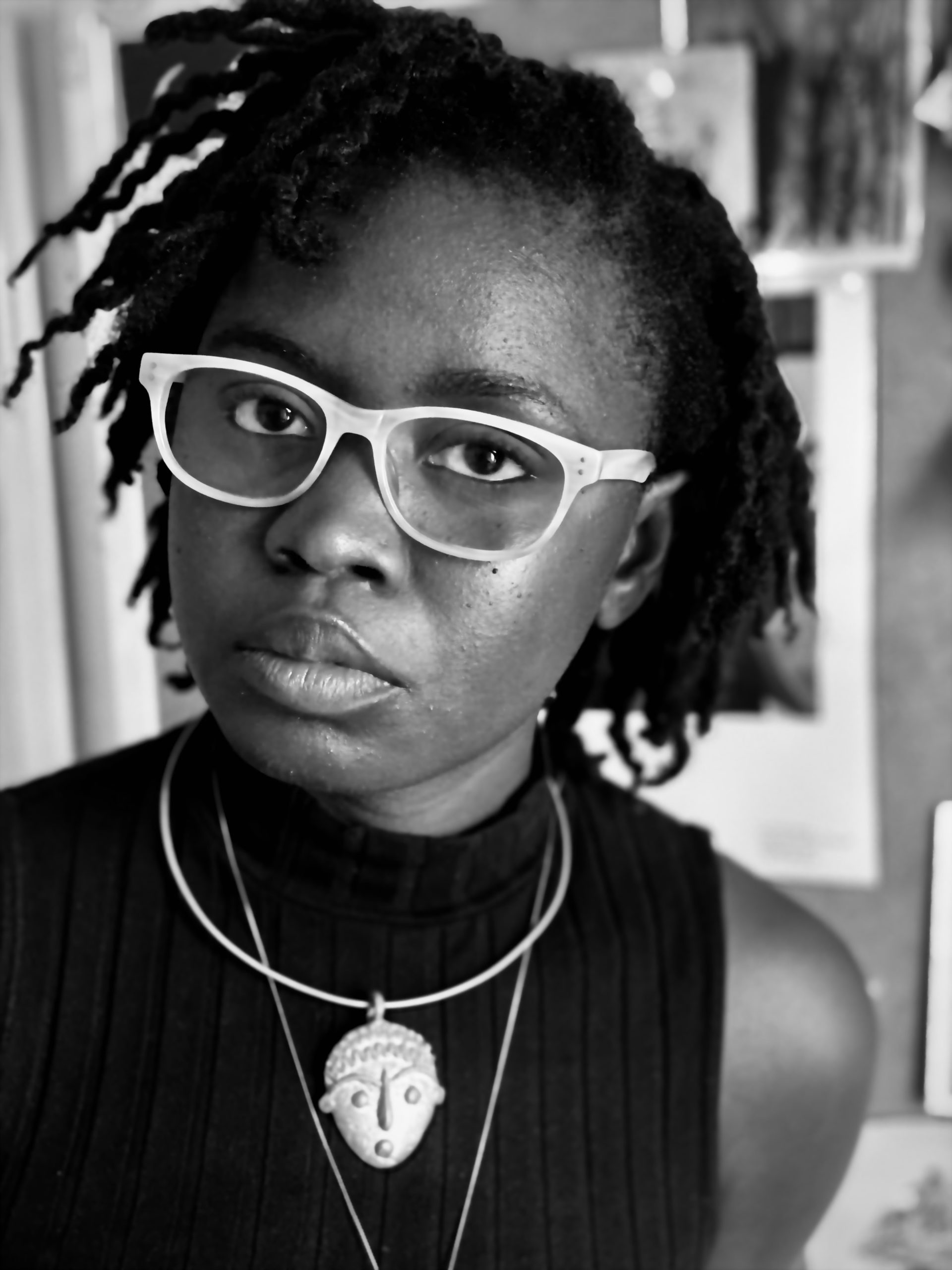The Voyria genus, ghost plants, possesses no chlorophyll—therefore no capacity to photosynthesise—and relies on underground mycorrhizal networks for sustenance. These fungi-root system symbiotic relationships sometimes cut across numerous species, such that as in the case of the Voyria, a plant may be able to feed off the nutrients provided by other photosynthesising plants via the roots. Their pale stems and vivid blue flowers make them particularly individuated organisms. Their system of gathering nutrients is quite singular. Their dependence on other life forms, however, is not.
Ecologists believe that all organisms are connected in a complex web to each other and the material resources that sustain them. Sometimes the web is literal: the entanglement of roots and fungi found in mycorrhizae. Many humanists adapt the idea to the context of human relations: I am because you are. My existence is predicated on yours. My survival is dependent on the active presence of many invisible networks that sustain me. Scientific socialists centre the conversation on the complex relationships human beings have with the material resources that allow them to connect. Artists believe that we are all recognisable to one another through our shared connection with the Sublime.
In all of these, the theme of connections holds primacy. And so when the editorial team at A Long House came up with the idea for this issue, it was not a question of whether we as writers, readers, and thinkers formed connections with others. It was a matter of how. Who or what are these others? What shapes do our webs conform to? How do they exist in the world? Where are these connections being made? In Alvin Kathembe’s poem zillenial, the answer is obvious: the internet, of course! Dolapo Tajudeen takes a different view in Reaching God, finding it in prayer at dawn.
In the stories, essays, poems, and images collected into this issue, we find the breadth of humanity and we are forced to confront our potentially simplistic notions of how we perceive the identity of the “other”. We regard the word sonder: the realisation that each person we meet or see has a life as vivid and as complex as our own. They have their own dreams, worries, culture and so forth. They have a story as much as we have ours.
In Nawawi Sani-Deen’s In-Between Two Worlds, we bear witness to the ways we try to “other” people by choosing to focus on the aspect of them that is different from us, despite our other similarities. It calls to mind Amin Maalouf’s rumination on identity where he says, “identity can’t be compartmentalized. You can’t divide it into halves or thirds or any separate or any other separate segments.” In Franscine Machinda’s Notes on the Woman Who Raised Me, we are expertly asked to see our primary caregivers as people who had complete lives without us and also with us. Kosisochukwu’s Down the Aisle, in Search of Pulse, takes us through the wonder of markets and how they are centres of connection. Lutivini Majanja’s short story Uncle gives us a mirror through which we see how unearthed lies can force connections. And all the other wonderful, wonderful authors in this issue.
At the time of this writing, Nairobi, where some of the writers from this issue live, has been flooded due to heavy rains and government negligence. We remember the words of Toni Morrison who spoke about how the authorities straightened out the Mississippi River in places to make room for liveable acreage, but that those places would occasionally flood. “‘Floods’ is the word they use, but in fact it is not flooding, it is remembering. Remembering where it used to be. All water has a perfect memory and is forever trying to get back to where it was. Writers are like that: remembering where we were, what valley we ran through, what the banks were like, the light that was there and the route back to our original place.”
The contributors to this issue remember that in the end, we are all connected beings. Having this in mind, we invite you to enjoy the works in Connections, which will be published in batches throughout May 2024.
Yours,
Rajat Neogy Editorial Fellows 2023/2024.



